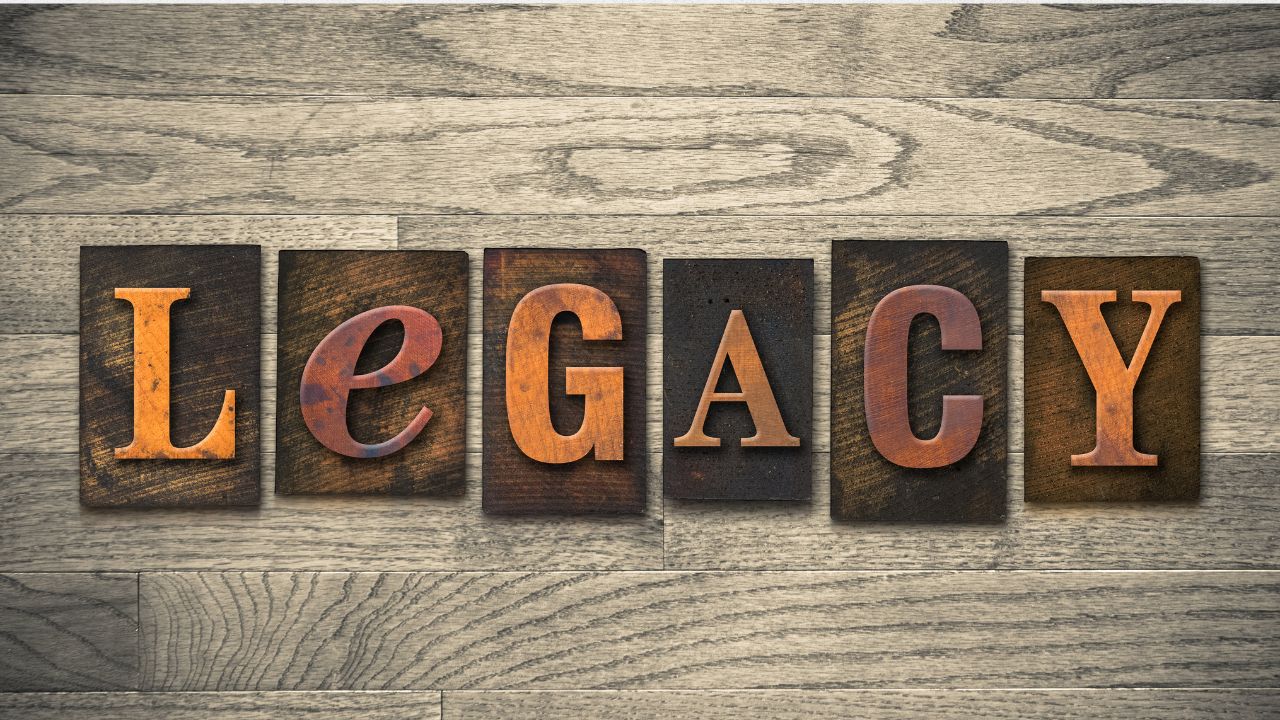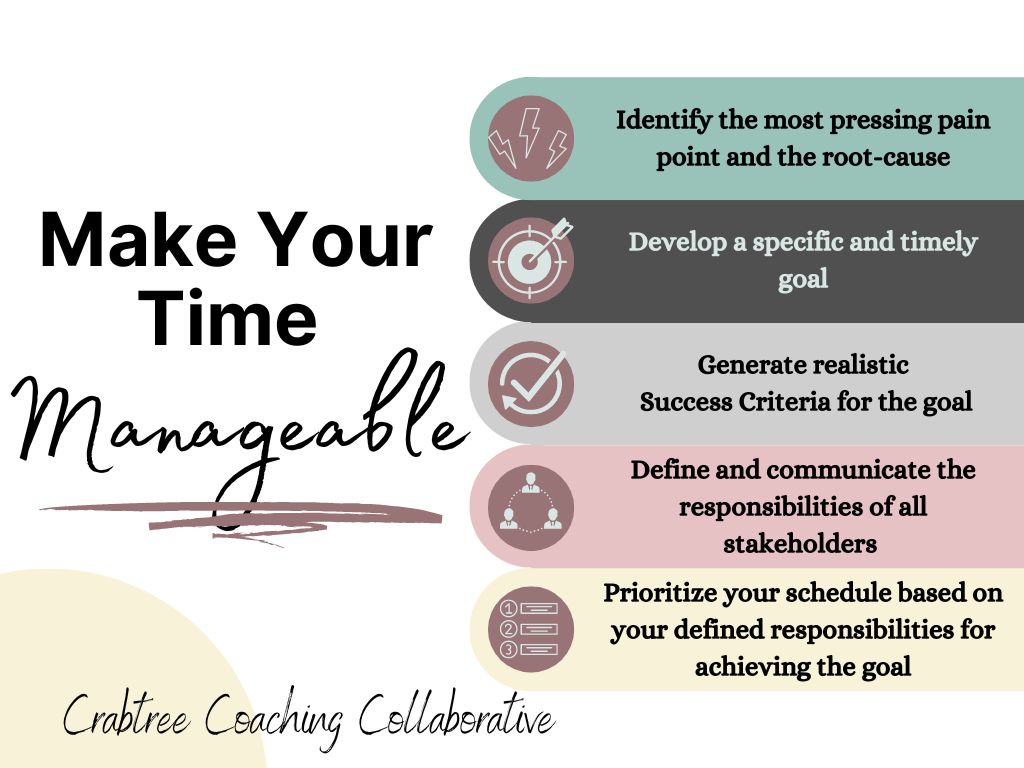I am not the biggest cake lover, but I can chow down on some carrot cake. I love the cinnamon spice mixed with raisins and walnuts, then partnered perfectly with a thick layer of cream cheese frosting. My favorite!
Rewind to seven years ago when my husband and I decided to switch to a plant-based lifestyle. Hurricane Harvey had stranded us in our home, so we waited for the floods to clear and passed the time by binge-watching a lot of documentaries, “What the Health” being one of them. After much consideration and a little extra research, we determined to make the switch. It was not easy at first, but imagine my deep and utter heartbreak when I learned carrot cake, although named after a plant, was packed full of all the things I could no longer eat (cue violin music).
One of my favorite things about removing all dairy and eggs from our diet was that I had to relearn how to cook. I made “cheese” out of cashews, “queso” out of potatoes, and “chicken nuggets” out of tofu. It has been a wild and fun experiment.
When my birthday rolled around, I was up to the challenge to make my favorite cake and turn it vegan; after all, if I could make queso out of a potato, surely, I could make a cake without dairy. But would it be as good?
I knew this: I had a solid recipe from my mom that we had used for years. Loved it! All of the dry ingredients in the recipe were good to go; no need to change anything there. The wet ingredients were a different story. What could I use to substitute the milk, butter, eggs, and cream cheese? And let’s be clear, not all non-dairy milks are best suited for baking. Luckily, I had enough experience with them and determined that coconut milk would be the perfect substitute for my birthday dessert.
Without going into all the details, let’s just say that my first attempt at creating a vegan carrot cake was okay. The cake was good, but it was not my absolute favorite. In fact, it was a little dry. Today, in 2023, I must say that I make a vegan carrot cake that I believe would rival anyone’s grandmother. It is delicious. And it is my “go-to” when I am in charge of bringing a dessert.
The art of baking and coaching
Through the years of perfecting my baking skills and being an instructional coach, I have come to realize that the two have a lot in common.
As an instructional coach, I have received tons of training from the experts. I have read all the books, listened to the podcasts, attended the live sessions, and coached hundreds of teachers. Just like following a recipe, I know the standard formulas for taking someone through a coaching cycle, an efficacy cycle, and providing feedback. Heck, I even have my own formula I teach coaches to provide feedback. I know the “ingredients” to creating and presenting professional development and how to add the “icing on the cake.” But here is the secret that no one really tells you; even if you follow the recipe to perfection, not everyone is going to want the cake or even like it.
Some individuals live a plant-based lifestyle or have a gluten allergy, so they can’t eat your cake. Some people hate cream cheese. Some love carrot cake but hate raisins. And this, my friend, is the secret to coaching.
Have you ever had a teacher make a “bee-line” in the other direction when they see you walking down the hallway? Have you ever had a teacher stop their coaching cycle because they were just too busy? Have you ever taken a teacher through a complete coaching cycle, but they never returned for more? If you have been coaching for any amount of time, I am sure you’ve experienced all of these scenarios. Even when you follow the recipe to perfection, sometimes, it just doesn’t work.
Formulas and recipes give you a structure. They provide the basics and serve as a guide to at least get the job done; however, if you want true satisfaction and sustained growth, you must know who you are serving. This is where most of us go wrong. Instead of taking time to get to know the human in front of us, we are eager to jump straight to work. It’s all business. We have a mentality that there is no time for the “fluff,” and we need to keep on moving. Although I have been guilty of doing the same thing, I have learned that this approach is actually stalling progress. Think about it. No one is going to purchase your cakes if they don’t like it or can’t eat it.
So what does this mean for coaches?
Instructional coaches must take time to know the individual. We need to discover the teacher’s values, their learning style, their strengths, and their fears. If we want teachers to seek our services, then we need to show them that we can cater to them specifically. If we want teachers to see the value in the work they will do alongside us, we must make the process conducive to their needs. If we want teachers to keep returning for more, we must prove that we care about them and their growth. Teachers need to trust the coach.
The power of coaching comes with the nuances, not with the formula.
It is true that investing in the individual takes time, and we all know that adults can be tricky. I have often heard it stated that “I shouldn’t have to get all ‘touchy-feely’ with someone so they can grow. It’s their job to continue learning.” First of all, fostering relationships is not “touchy-feely;” it’s being genuine. Second, trust must be a priority when we ask someone to be vulnerable, especially when they are extremely prideful (and which teacher isn’t).
When working with adults, we are working with egos. That’s not a bad thing. It’s a fact. Teachers have multiple degrees and certificates; they are experts in their content. Opening up the doors to coaching is not an easy decision, but if they know that their coach cares about them and will individualize the experience, they will be more invested.
Instructional coaches, principals, and other instructional leaders, the next time you find yourself in a situation where a teacher is not receiving your feedback or refuses to collaborate with you, ask yourself, “How can I bake this cake just for them?” Take your recipe, and adjust it to fit their needs.
Happy baking, my friends.
To learn more about how you can accelerate your coaching practices and bake the just-right cake, visit bit.ly/CCCICA23. Together, we can make the education profession better.














